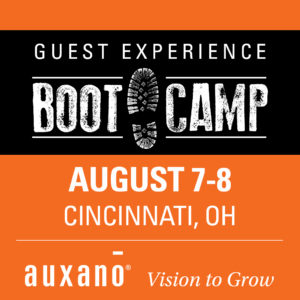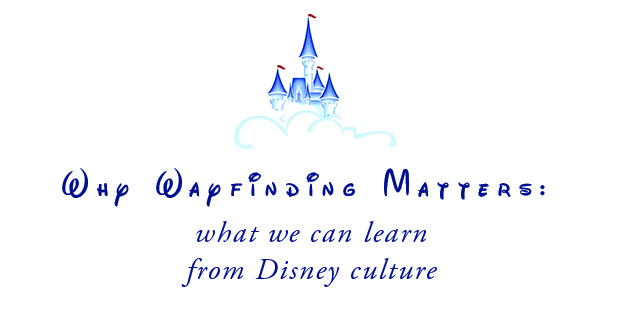
Growing an Irresistible Welcome
Have you been to Walt Disney World?
Did you leave with a “can’t wait to come back” attitude?
You’re not alone. In 2017, more than 20.4 million attended the Magic Kingdom theme park alone (there are three others at Walt Disney World in Florida).
One of the first leadership books I devoured was In Search of Excellence by Tom Peters and Bob Waterman. Among their profiles for best business practices was the Walt Disney World (WDW) Resort, specifically for quality service that generated customer loyalty.
In the book Be Our Guest: Perfecting the Art of Customer Service, the folks at the Disney Institute spell out their approach to customer service. It’s not complicated: “Quality service means exceeding your guests’ expectations by paying attention to every detail of the delivery of your products and services.”
You might think that the heart of making this happen is money, or technology, or the “wow” factor of a ride.
Nope.
What is one of the most frequently stated reasons why guests return for another visit?
The cast.
Disney calls all of their employees “cast members.” They have roles and responsibilities, the most important of which is “courtesy.”
As Jeff James, Vice President of the Disney Institute, puts it, “A $200 million attraction won’t be fun if the cast member at the front is less than pleasant.”
Beyond this is the attention to detail, particularly in matters of quality. In Disney theme parks they have the saying, “Everything speaks.” This means, “Every detail – from the doorknobs to the dining rooms – sends a message to guests. That message must be consistent with the common purpose and quality standards, and it must support and further the show being created.”
If only the church could be more like Disney World.
Not in terms of existing for mere entertainment, and not in terms of a vision of providing “happiness.”
No, the church is much more than that.
But the church is meant to be Disney World in terms of its effort to reach out to others in a way that makes them want to return. Its volunteers should be marked by friendliness and courtesy. If “everything speaks,” then nothing about the church should speak against the message it is trying to convey, or the honor due God.
When it comes to serving guests, opening the front door to guests, and having our guest relations mirror our message and purpose, then yes, we should not only be like Disney, but put Disney to shame.
Disney wants to say, “Be Our Guest.”
Unless I’m missing something, so does the church.
It’s just that we’re not saying it as well as Disney.
But we should be.
Sources
The Disney Institute, with Theodore Kinni. Be Our Guest: Perfecting the Art of Customer Service (Revised and Updated Edition).
It may seem like magic, but there’s really one reason Disney excels at Guest Experiences. Check out Auxano’s Guest Experience Boot Camp in Cincinnati, OH on August 7-8 to find out what that is.


Tags: Guest Experience Boot Camp, James Emery White, Walt Disney World, Welcome, cast members, church hospitality, reach out


















